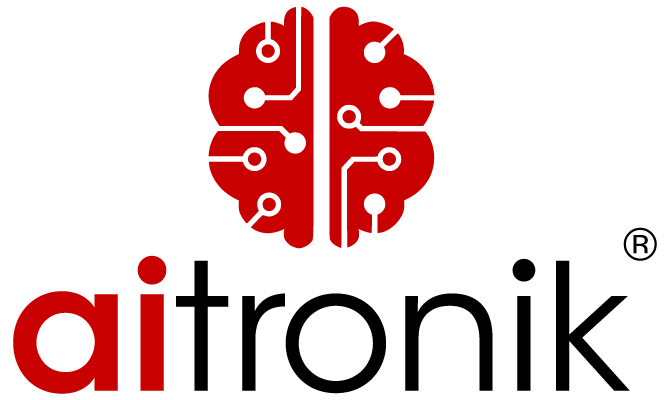The development of autonomous solutions is growing everywhere, in many fields. Would you fear a counterbalance forklift moving autonomously within a building, close to people, while loading and downloading goods?
If your answer is yes, prepare for the revolution of loading and unloading autonomous robotics. According to Acumen Research and Consulting, the global autonomous forklift market size is expected to reach around 12B$ by 2027 and market is growing at a CAGR of 7.14% during the forecast period 2020 to 2027.
In Aitronik we give our contribution to the autonomous forklift market by supporting forklift manufacturers with vehicle robotization services.
For instance, for one of our clients, we have recently released an autonomous counterbalance forklift capable of indoor and outdoor navigation, as well as autonomous forking capabilities.
The activities were led by two teams of the respective parties, who kept synchronizing on a daily basis.
As our client’s team was studying and deploying the mechanical features, in Aitronik our robotics engineers were selecting sensors, electronic boards, and communication devices. Finally, we customized and integrated the overall software stack for autonomous operations.

But how does it work, briefly?
Through Natural Navigation algorithms, the autonomous counterbalance forklift needs no dedicated infrastructure to navigate, making the indoor and outdoor environments free from unnecessary devices and lowering the setup costs.
The robotic forklift automatically creates a 3D map of the environment by using a multitude of sensors, such as laser scanners, camera, and odometry. By frequently updating the map with newer information, the robot is capable of managing both static and dynamically-changing scenarios.
Would you like to know more about designing autonomous counterbalance forklifts?



